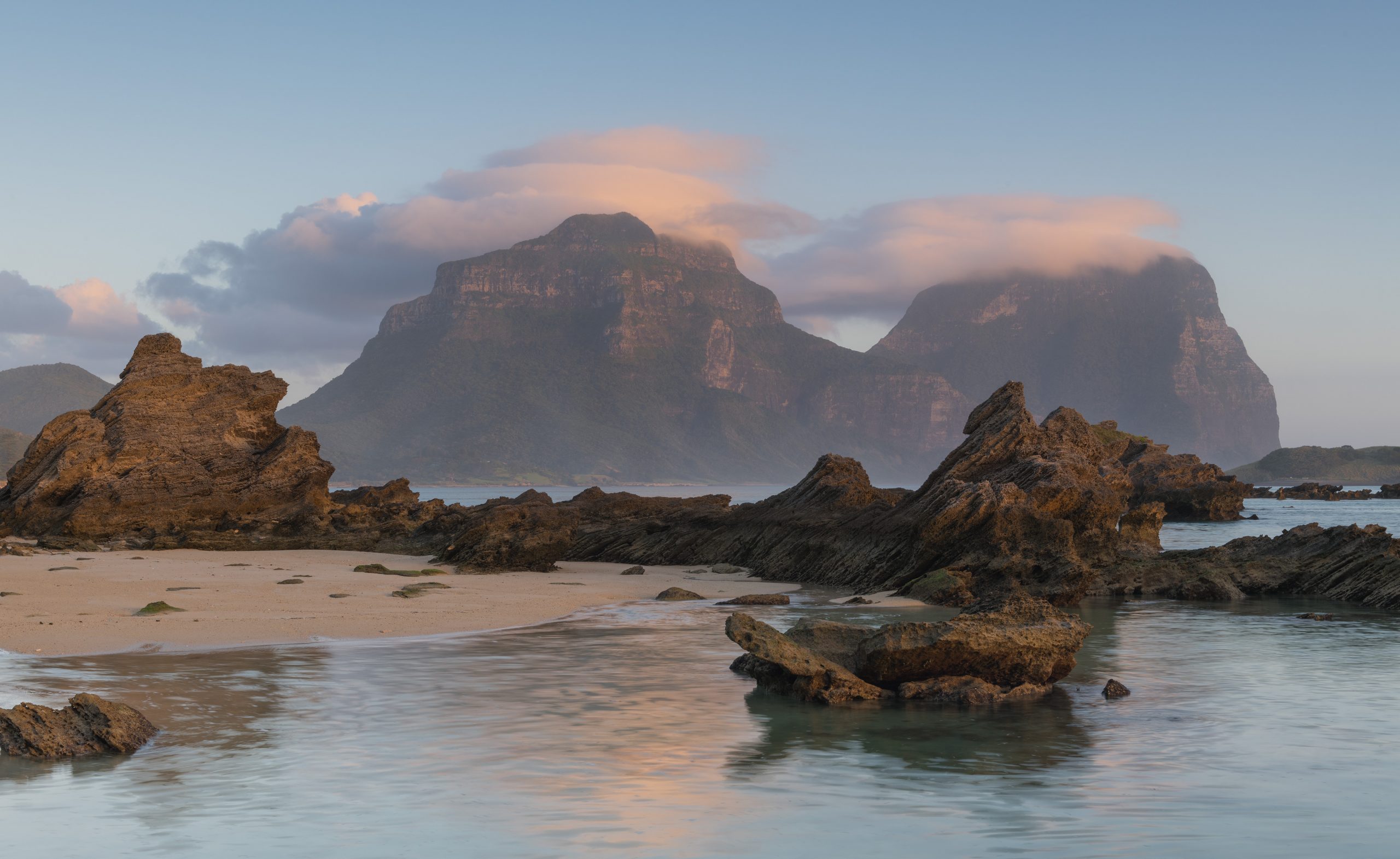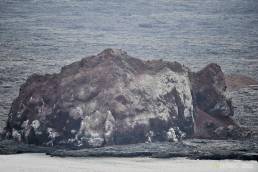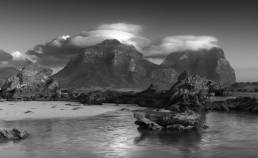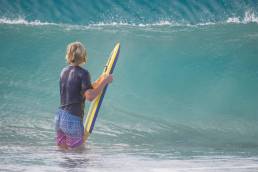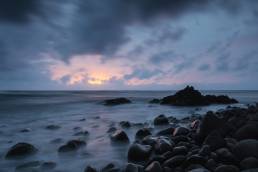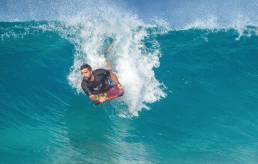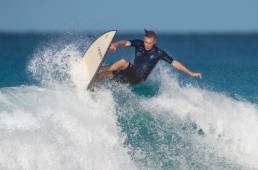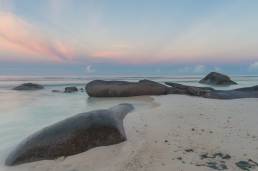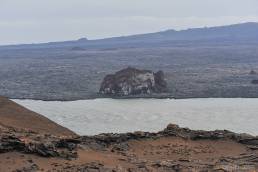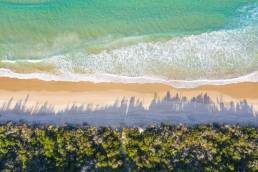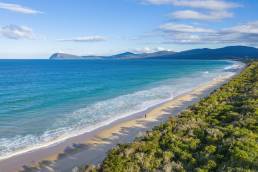The home of the rare and wonderful
These beautiful twin peaks are the landmarks of the island, and hold so much more than beauty to the human eye, and is recognized with the highest honor as a UNESCO World Heritage site. The tallest of the two peaks is Mt Gower at 867 meters, to the right.
These steep cliffs are home to endemic flora and fungi and also a large number of seabirds, of which the providence petrels (Pterodroma solandri) were coming back in droves for their annual winter breeding here. They breed only on one other location in the whole world, but not in the numbers here which are in the tens of thousands. During the day they are out on the sea feeding, but as the sun moves closer to the horizon they come back to the island, and this was the time I treasured on a daily basis.
Every sunset before this image I went to the south end of the seaside trail to Little Island, where the trail makes a steep turn from the beach up the mountain side, seen here as the lowest of the sheer cliffs on the nearest mountain, and continues up to the 875 meter high Mount Gower shrouded in clouds, seen to the right. Here I would lie on my back on the grassy patch and let my eyes wander through layers and layers of petrels flying in every direction courting and calling, but mostly I sat on one of the many smooth rocks in awe of the sounds from the waves crashing to the callings of the petrels and simply how immensely rich life can be on such a small speck of land. It’s is amazing to see the sky filled with so many birds as that is becoming ever rarer because of us.
I planned my last and final time with the providence petrels (Pterodroma solandri) the next and last sunset, but instead the sky turned dark and rain ensued.
Last updated on 14 October 2021
